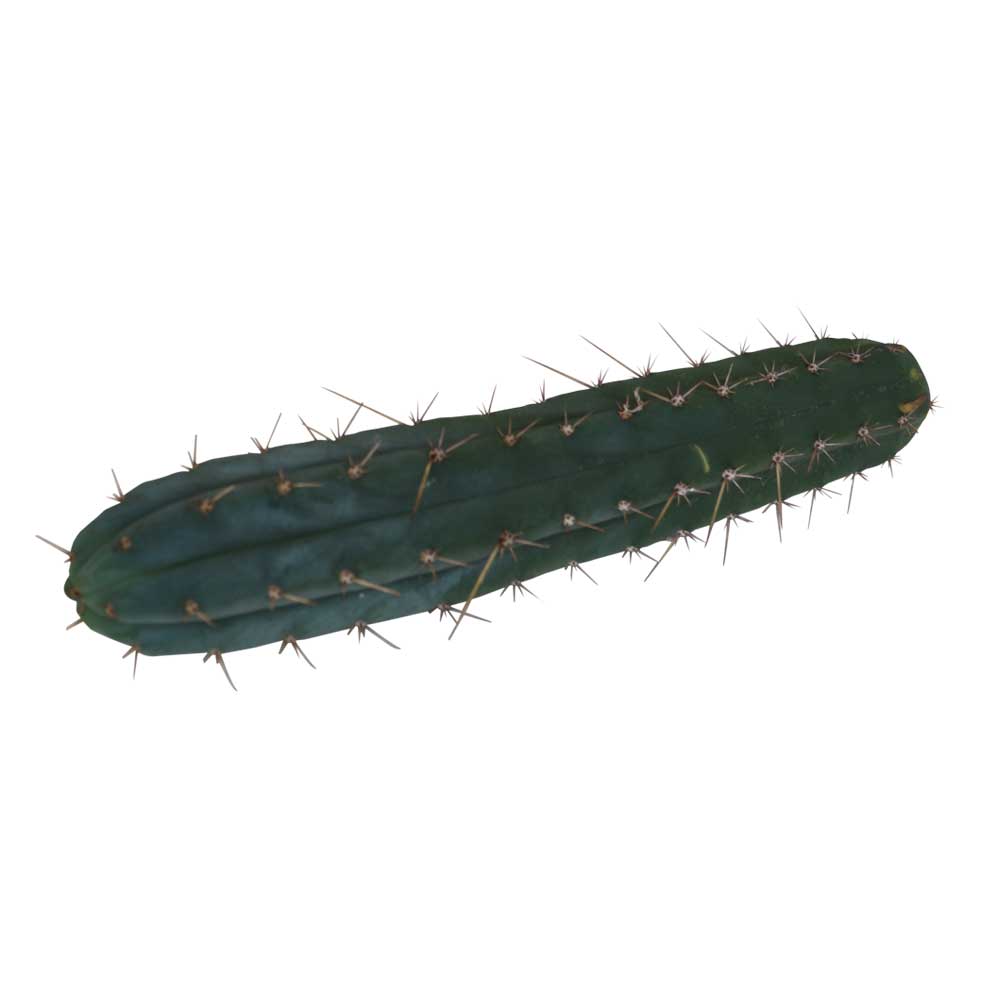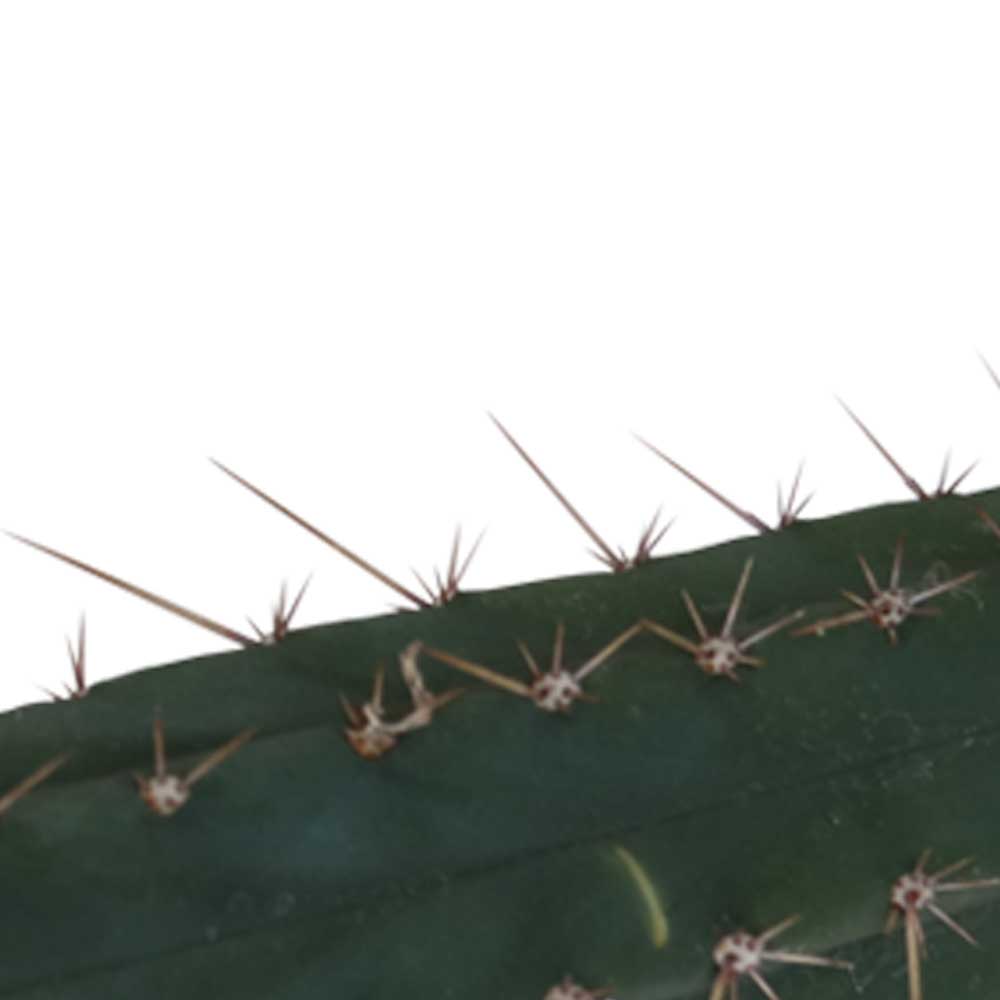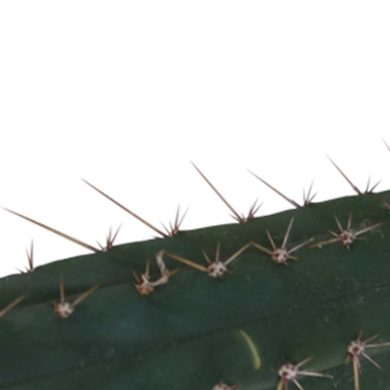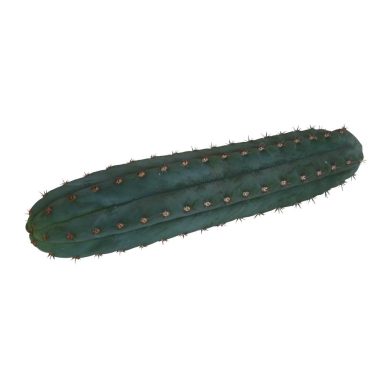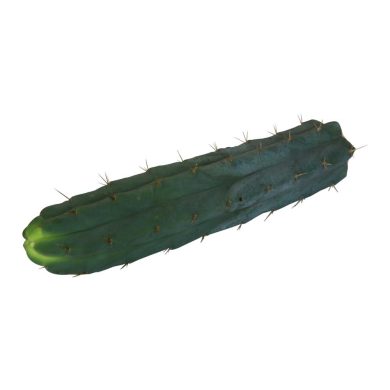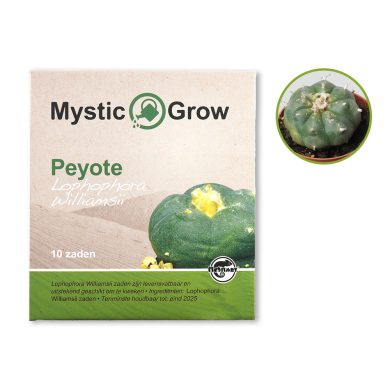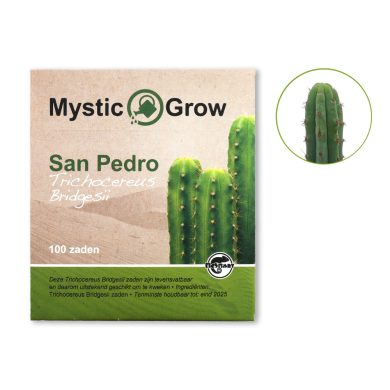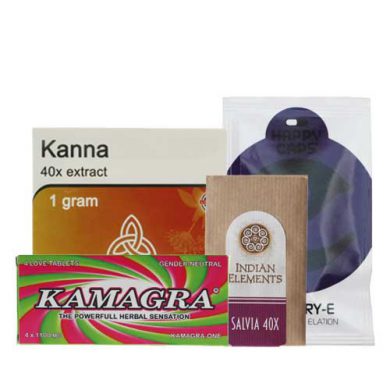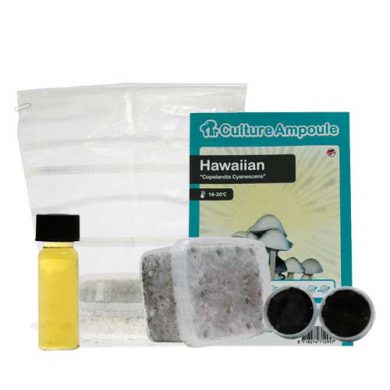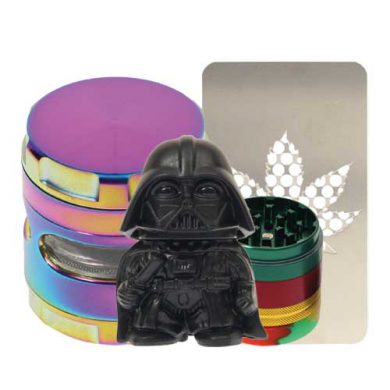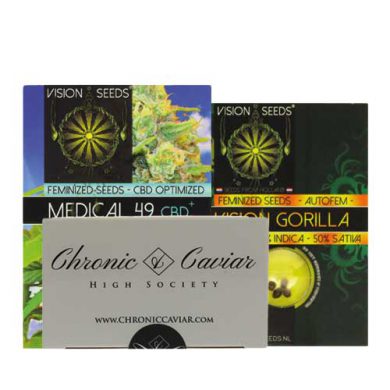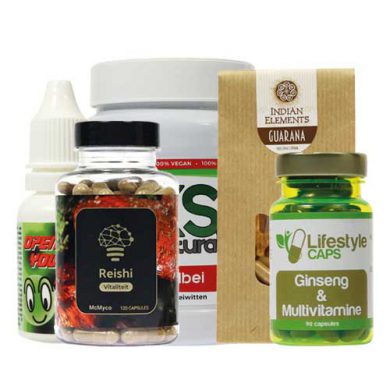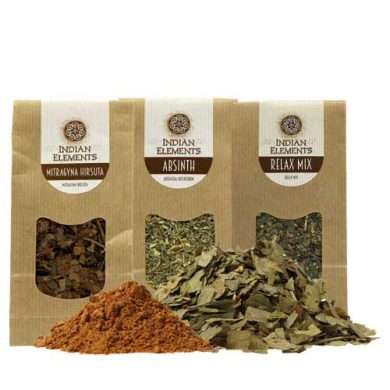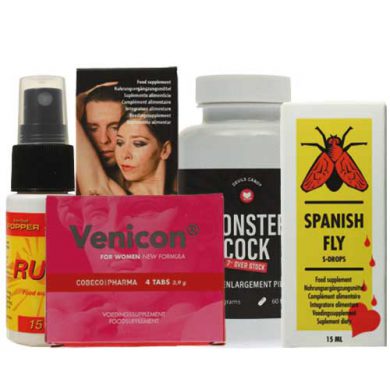What Are Cutting Macrogona Cacti?
The Cutting Macrogona cactus, also known as Echinopsis macrogona, is a captivating member of the Trichocereus family, native to the Andean regions of South America. Recognized for its deep bluish-green color, sharp spines, and fast-growing columnar form, this cactus stands out visually. Its potent mescaline content makes it highly valued for its ability to provide deeply introspective and heart-opening plant medicine experiences. As a cutting, it can be cultivated or prepared for ceremonial use, guiding users through transformative and balanced psychedelic journeys. It helps foster subconscious connection, emotional healing, and profound peace, making it a powerful tool for spiritual exploration and personal growth.
History of Cutting Macrogona
The Cutting Macrogona cactus has played a crucial role in Andean spiritual and medicinal practices for centuries, alongside other revered cacti such as San Pedro and Bridgesii. Indigenous shamans traditionally used it in sacred ceremonies to connect with the spirit world, cleanse energetic blockages, and gain insights from nature. While it may be less documented than its relatives, the cactus has earned respect within Peruvian and Bolivian oral traditions for its potency and clarity. With the growing global interest in plant medicine, the Cutting Macrogona cactus is gaining recognition for its profound yet balanced effects, bridging ancient healing traditions with modern journeys of truth and awakening.
How to Use Cutting Macrogona
Cutting Macrogona is commonly consumed in ceremonial settings as a brew. To prepare it, the cactus’s outer skin and spines are removed, and the flesh is chopped before being simmered for several hours. This process extracts mescaline and other active compounds, resulting in a bitter, dark tea. The effects typically begin within 1–2 hours, peak at 3–6 hours, and last 10–14 hours, offering visual experiences, emotional clarity, and a sense of unity. Fasting prior to consumption can help reduce nausea and enhance the effects. It is crucial to have a sober tripsitter present, and participants must be mentally and physically prepared. When approached with proper intention, the cactus acts as a soulful teacher, facilitating profound self-discovery.
Ingredients of Cutting Macrogona
The primary psychoactive compound in Cutting Macrogona is mescaline, a powerful entheogen that interacts with serotonin receptors, altering perception, mood, and awareness to enable subconscious exploration and emotional healing. Other minor alkaloids, such as anhalonidine and tyramine, contribute to the overall experience. The cactus itself consists of fibrous, water-rich tissue, smooth bluish-green skin, and long spines. Among Trichocereus species, the Cutting Macrogona stands out for its intense chemical profile. As a ceremonial plant, rather than an ornamental one, it channels the healing power and ancient wisdom of nature, guiding users through transformative journeys when treated with respect and prepared properly.
Warning
Do not consume the Cutting Macrogona cactus if you are pregnant, breastfeeding, under 18, or have heart disease, blood pressure issues, or psychiatric conditions. Avoid combining it with alcohol, medications, or other psychoactive substances. Always use it in a secure setting with a sober and experienced sitter. Do not drive or operate machinery while under its influence. Treat the Cutting Macrogona cactus with respect, as it is sacred medicine—not a recreational substance.
